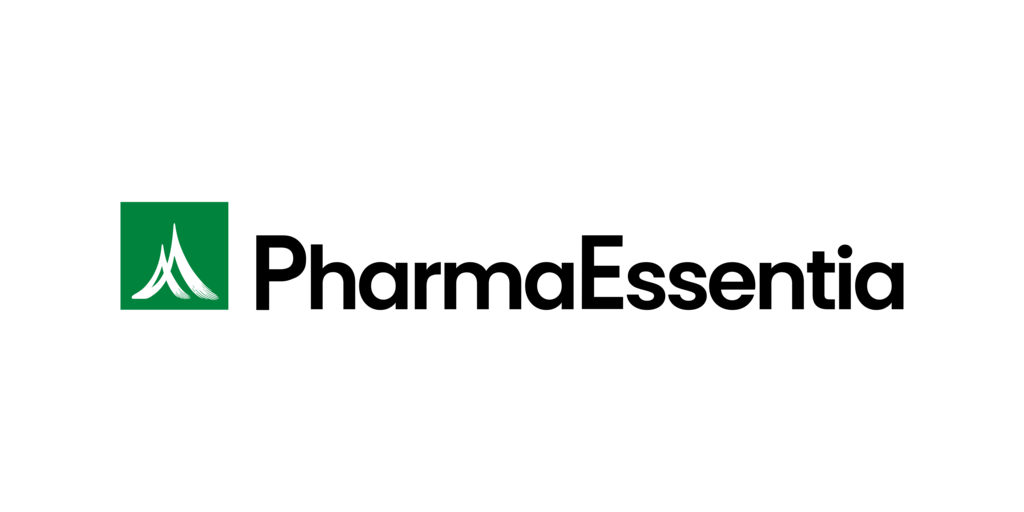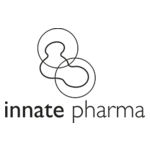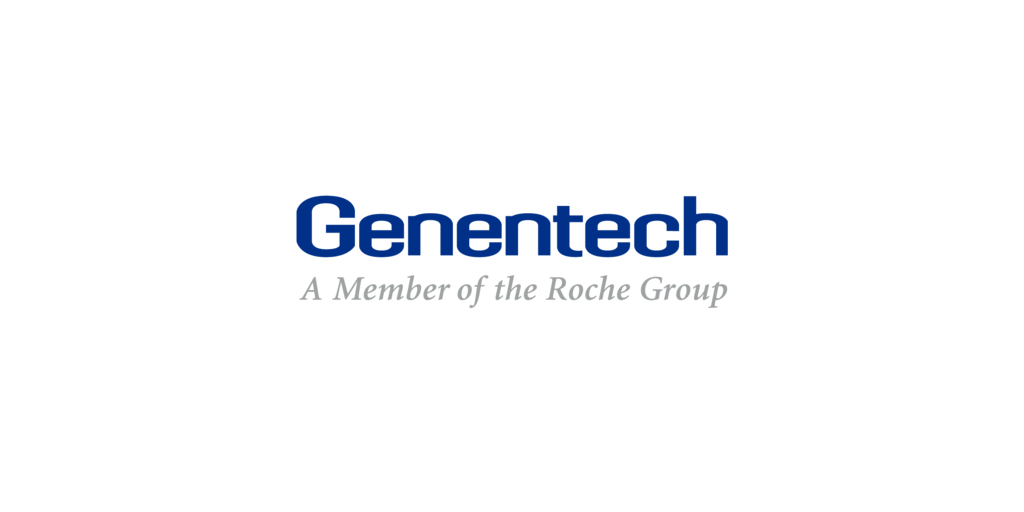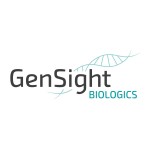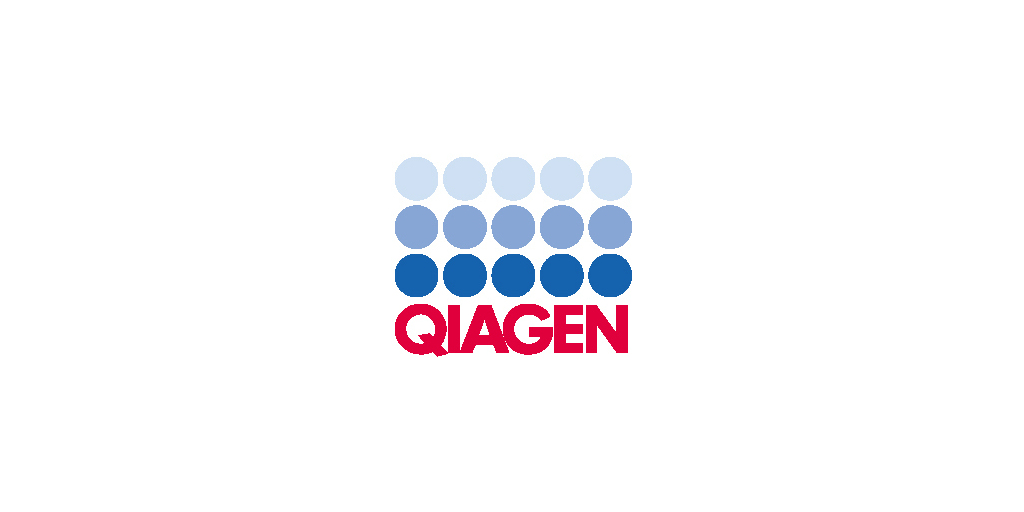FDA Approves Omeros’ YARTEMLEA® – First and Only Therapy Indicated for TA-TMA
FDA Approves Omeros’ YARTEMLEA® – First and Only Therapy Indicated for TA-TMA
– Omeros to Host Conference Call Monday, December 29, 2025 at 4:30 p.m. ET –
-
First and only approved option: YARTEMLEA® is the only approved treatment for hematopoietic stem cell transplant-associated thrombotic microangiopathy (TA-TMA) and is indicated for adults and children ages two years and older.
-
High complete response (CR) rates: YARTEMLEA-treated patients achieved CR rates of 61% in the pivotal trial and 68% in the Expanded Access Program (EAP) among those with evaluable patient-level response data; CR defined as improvement in key laboratory values plus either improved organ function or transfusion independence.
-
Strong survival benefit: 100-day survival from TA-TMA diagnosis, based on all-cause mortality, was 73% in the pivotal trial and 74% in evaluable EAP patients; all patients met international harmonization criteria for high-risk TA-TMA.
-
Safety profile and Prescribing Information highlights: The only approved TA-TMA therapy, YARTEMLEA has no Boxed Warning and no Risk Evaluation and Mitigation Strategy (REMS), and vaccinations are not required prior to treatment. Serious infections and other adverse reactions, regardless of causality, have occurred in patients treated with YARTEMLEA; see Important Safety Information for details.
SEATTLE–(BUSINESS WIRE)–Omeros Corporation (NASDAQ: OMER) today announced that the U.S. Food and Drug Administration (FDA) has approved YARTEMLEA® (narsoplimab-wuug) for the treatment of hematopoietic stem cell transplant-associated thrombotic microangiopathy (TA-TMA), an often-fatal complication of stem-cell transplantation driven by activation of the lectin pathway of complement. YARTEMLEA is the first and only approved lectin pathway inhibitor. YARTEMLEA selectively inhibits MASP-2, the effector enzyme of the lectin pathway, blocking pathway activation while preserving classical and alternative complement functions important for host defense. YARTEMLEA is approved for use in adults and in children ages two years and older.
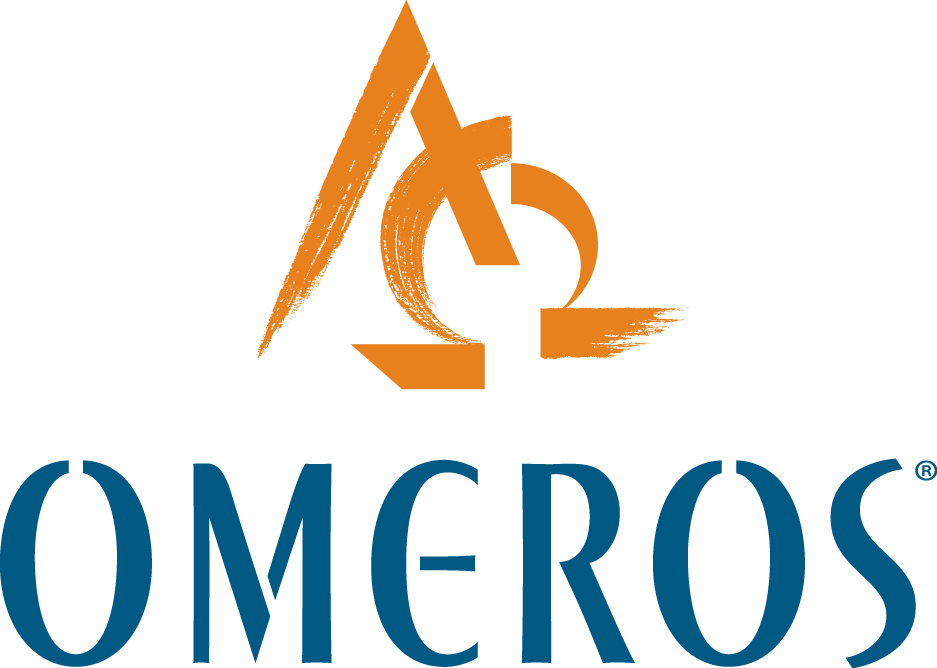

“This approval is a long-awaited breakthrough in hematopoietic cell transplantation and TA-TMA care,” stated Miguel-Angel Perales, M.D., Chief of the Adult Bone Marrow Transplantation Service at Memorial Sloan Kettering Cancer Center. “Until now, we’ve lacked an effective TA-TMA therapy and relied largely on supportive measures such as modifying calcineurin inhibitors, which can significantly increase the risk of life-threatening graft-versus-host disease. Based on a compelling data package, narsoplimab delivers robust response rates and improved survival in TA-TMA, with a favorable benefit-risk profile and a safety profile consistent with that seen in patients undergoing hematopoietic stem cell transplantation. As the first and only drug approved for TA-TMA, narsoplimab is a practice-changing advance for patients facing this devastating complication.”
Approval of YARTEMLEA was based on results from a single-arm, open-label study in adults with TA-TMA (the TA-TMA Study; N=28), supported by additional data from an expanded access program (EAP; N=221 adult and pediatric patients). In the EAP, 19 patients (13 adult and 6 pediatric) had evaluable patient-level response data.
Efficacy was assessed by TMA complete response (CR), defined as improvement in key laboratory markers of TMA (platelet counts and LDH levels) together with either improved organ function or transfusion independence. CR was achieved in 17/28 patients (61%) in the TA-TMA Study and 13/19 evaluable EAP patients (68%). Across the TA-TMA Study and the EAP, 100-day survival from the time of TMA diagnosis (based on all-cause mortality) was 73% (95% confidence interval CI: 52, 86) and 74% (95% CI: 48, 88), respectively. All patients met international harmonization criteria for high-risk TA-TMA, classifying each patient as having a poor prognosis and high risk of death.
In peer-reviewed publications, treatment with YARTEMLEA was associated with a three- to fourfold lower risk of mortality compared with an external control cohort.1 In the EAP, YARTEMLEA was used both as first-line therapy and in high-risk TA-TMA patients who had failed or discontinued one or more prior regimens, namely off-label complement inhibitors and/or defibrotide. In these previously refractory high-risk patients, YARTEMLEA was associated with 50 percent one-year survival, compared with historical one-year survival rates reported as less than 20 percent.2 3 4 5
“Just as in adults, YARTEMLEA’s indication to treat TA-TMA in children two years of age and older is tremendously important,” said Michelle Schoettler, M.D., Assistant Professor of Pediatric Oncology and Hematopoietic Cellular Therapy at Emory University. “Peer-reviewed clinical publications in TA-TMA have steadily advanced our understanding of the disease in children – its biology, diagnostic criteria, and increasing recognition – and have revealed the limitations and risks of relying on off-label options in this setting. Across the published pediatric experience, YARTEMLEA has produced strong and consistent benefit, including in very high-risk children with organ dysfunction and in those who have failed prior complement-inhibition therapy. When used first-line, YARTEMLEA has been associated with approximately 75 percent one-year survival; and even in children refractory to one or more off-label complement inhibitors, one-year survival is approximately triple historical rates that have remained below 20 percent. My clinical experience with YARTEMLEA through the expanded access program, including in very young patients, has reinforced that it needs to be readily available for children when TA-TMA emerges. With this approval, effective TA-TMA therapy can become the pediatric standard instead of the exception – and that will save children’s lives.”
All patients in the TA-TMA Study had multiple risk factors for poor outcomes, and adverse reactions were reported regardless of causality or relatedness to YARTEMLEA. The most common adverse reactions (≥20%) were viral infections, sepsis, hemorrhage, diarrhea, vomiting, nausea, neutropenia, pyrexia, fatigue, and hypokalemia. Serious adverse reactions occurred in 61% of YARTEMLEA-treated patients; those reported in >5% included acute kidney injury, confusional state, acute respiratory failure, neutropenic sepsis, septic shock, pulmonary edema, and vomiting. Fatal adverse reactions were reported in 7% of patients, including neutropenic sepsis and septic shock. No new clinically significant safety signals were identified in patients treated with YARTEMLEA in the EAP.
Following FDA approval of YARTEMLEA, Omeros is finalizing preparations for its U.S. product launch planned for January 2026. Dedicated U.S. billing and reimbursement codes are now in place, including:
-
Diagnosis Code: ICD-10-CM code M31.11 specific to the diagnosis of “Hematopoietic Stem Cell Transplantation-Associated Thrombotic Microangiopathy”
-
Procedure Codes: ICD-10-PCS codes XW03357 and XW04357 for introduction of narsoplimab monoclonal antibody into a peripheral vein or into a central vein, respectively
The YARTEMLEAssist™ patient support program is expected to be available in the first quarter of 2026. Providers and patient representatives can call 1-844-YARTEM1 (1-844-927-8361) for personalized services, including identifying potential financial assistance options.
“FDA’s approval of YARTEMLEA marks a defining milestone for Omeros and, more importantly, for patients and families facing TA-TMA,” said Gregory A. Demopulos, M.D., chairman and chief executive officer of Omeros. “After years of work and close collaboration with the transplant community, we can now offer the first FDA-approved therapy for this frequently fatal complication, with robust response data and a benefit-risk profile that supports confident use in both adults and children. With our U.S. launch planned for January 2026, our focus is on ensuring rapid, reliable access so that YARTEMLEA can be used when TA-TMA is recognized and time is critical. We are deeply grateful to the patients, caregivers, investigators, and clinical teams who made this approval possible, and we are committed to bringing YARTEMLEA to every eligible patient who needs it.”
TA-TMA can occur after both autologous and allogeneic hematopoietic stem cell transplantation, with higher prevalence following allogeneic transplant. Approximately 30,000 allogeneic transplants are performed each year in the U.S. and Europe. Recent studies estimate that TA-TMA develops in up to 56 percent of allogeneic transplant recipients.
A marketing authorization application for YARTEMLEA for the treatment of TA-TMA is currently under review by the European Medicines Agency with a decision expected in mid-2026.
Important Safety Information for YARTEMLEA®
WHAT IS YARTEMLEA®?
YARTEMLEA is a MASP-2 inhibitor indicated for the treatment of adults and children ages two years and older with hematopoietic stem cell transplant-associated thrombotic microangiopathy (TA-TMA).
IMPORTANT SAFETY INFORMATION
Contraindications
None.
Warnings and Precautions
Serious and life-threatening infections have occurred in patients treated with YARTEMLEA.
-
In clinical trials in patients with TA-TMA, serious infections (regardless of causality) were reported in 36% (10/28) of patients receiving YARTEMLEA. Reported serious infections included sepsis, viral infections, pneumonia, bacteremia, fungal infection, gastroenteritis, respiratory tract infection, and urosepsis.
-
If YARTEMLEA is administered to patients with active infections, monitor closely for worsening infection and treat promptly.
Adverse Reactions
The most common adverse reactions (≥20%), regardless of causality or relatedness to YARTEMLEA, were viral infections, sepsis, hemorrhage, diarrhea, vomiting, nausea, neutropenia, pyrexia, fatigue, and hypokalemia.
Use in Specific Populations
Pregnancy: Available data on the use of YARTEMLEA in pregnant women are insufficient to inform a drug-associated risk of major birth defects and miscarriage or adverse maternal or fetal outcomes.
Lactation: There are no data on the presence of YARTEMLEA in human milk, the effects on the breastfed child, or the effects on milk production.
Pediatric Use: The safety and effectiveness of YARTEMLEA for treatment of TA-TMA have been established in pediatric patients 2 years of age and older. The safety and effectiveness of YARTEMLEA have not been established in pediatric patients younger than 2 years of age.
Geriatric Use: Clinical studies of YARTEMLEA did not include sufficient numbers of patients 65 years of age and older to determine whether they respond differently than younger patients.
To report suspected adverse reactions, contact Omeros Corporation at 1-844-YARTEM1 (1-844-927-8361), or contact FDA at 1-800-FDA-1088 or through FDA MedWatch.
Please see Full Prescribing Information for YARTEMLEA.
About YARTEMLEA®
YARTEMLEA® (narsoplimab-wuug), a fully human monoclonal antibody, is the first and only approved inhibitor of the lectin pathway of complement. YARTEMLEA inhibits mannan-binding lectin-associated serine protease-2 (MASP-2), the effector enzyme of the lectin pathway. In hematopoietic stem cell transplant-associated thrombotic microangiopathy (TA-TMA), MASP-2 inhibition prevents lectin pathway-mediated cellular injury, including endothelial damage in small blood vessels, and thrombus formation. By selectively blocking activation of the lectin pathway, YARTEMLEA preserves classical and alternative pathway activity, including functions essential to the adaptive immune response.
YARTEMLEA is approved by the U.S. FDA for the treatment of TA-TMA in adults and in children ages two years and older. A marketing authorization application for YARTEMLEA for TA-TMA is under review by the European Medicines Agency (EMA) with a decision expected in mid-2026.
YARTEMLEA has received breakthrough therapy and orphan drug designations from the FDA for TA-TMA, and the EMA has granted it orphan drug designation in hematopoietic stem-cell transplantation.
YARTEMLEA is the first and only approved therapy for TA-TMA.
About Hematopoietic Stem Cell Transplant-Associated Thrombotic Microangiopathy
Hematopoietic stem cell transplant-associated thrombotic microangiopathy (TA-TMA) is a severe and often-fatal complication of hematopoietic stem cell transplantation in adults and children. TA-TMA is driven by systemic endothelial injury triggered by conditioning regimens, immunosuppressants, infection, graft-versus-host disease, and other transplant-related factors, with activation of the lectin pathway of complement playing a central role in disease pathogenesis.
TA-TMA can occur following both autologous and allogeneic transplant, with higher prevalence after allogeneic procedures. Approximately 30,000 allogeneic transplants are performed annually in the U.S. and Europe. Recent studies estimate that TA-TMA develops in up to 56 percent of allogeneic transplant recipients. Mortality in severe TA-TMA can exceed 90 percent, and survivors frequently face long-term renal complications, including dialysis dependence.
YARTEMLEA® is the only approved treatment for TA-TMA.
Conference Call and Webcast
Monday, December 29, 2025 at 4:30 p.m. Eastern Time
Omeros management will host a conference call on December 29, 2025 at 4:30 p.m. Eastern Time to discuss the approval of YARTEMLEA®.
Live webcast: Access the live webcast at https://investor.omeros.com/upcoming-events.
Conference call (phone): To join by phone, participants must register at https://register-conf.media-server.com/register/BI860d4c7c1e5d4bb1a77988a530e78171 to receive a unique PIN. After registering, you may either:
-
dial in using the conference line and PIN provided at the registration site; or
-
select the “Call Me” option to receive an automated call to the phone number that you provide.
If you lose your PIN or registration confirmation email, please re-register to receive a new PIN.
Replay: A replay will be made available at https://investor.omeros.com/archived-events.
About Omeros Corporation
Omeros is an innovative biotechnology company that discovers, develops, and commercializes first-in-class small-molecule and protein therapeutics for large-market and orphan indications, with particular emphasis on complement-mediated diseases, cancers, and addictive or compulsive disorders. Omeros’ lead lectin pathway inhibitor YARTEMLEA®, which inhibits the pathway’s effector enzyme MASP-2, is FDA-approved for the treatment of hematopoietic stem cell transplant-associated thrombotic microangiopathy (TA-TMA) in adult and pediatric patients ages two years and older, with a planned U.S. launch in January 2026. A marketing authorization application for YARTEMLEA in TA-TMA is currently under review by the European Medicines Agency, with a decision expected in mid-2026. OMS1029, Omeros’ long-acting MASP-2 inhibitor, has successfully completed Phase 1 clinical trials.
Under a recently announced asset purchase and licensing agreement, Novo Nordisk acquired global rights to zaltenibart (formerly OMS906), a MASP-3 inhibitor in clinical development for PNH and other alternative pathway indications, along with associated intellectual property and related assets. Omeros’ pipeline also includes OMS527, a phosphodiesterase 7 inhibitor in clinical development for cocaine use disorder and fully funded by the National Institute on Drug Abuse, as well as a growing portfolio of novel molecular and cellular oncology programs. For more information about Omeros and its programs, visit www.omeros.com.
References
-
Matsui H, Arai Y, Kanda J, et al. Survival in adults with high risk TA-TMA – a comparative analysis of narsoplimab versus supportive care. Blood Adv. 2025. doi:10.1182/bloodadvances.2025017540.
-
Schoettler ML, Pusarla SK, Nangia N, et al. Narsoplimab results in excellent survival in adults and children with hematopoietic cell transplant associated thrombotic microangiopathy (TA-TMA). Am J Hematol. 2025;100(11):2040-2051. doi:10.1002/ajh.70044.
-
Schoettler ML, French K, Harris A, et al. D-dimer and sinusoidal obstructive syndrome-novel poor prognostic features of thrombotic microangiopathy in children after hematopoietic cellular therapy in a single institution prospective cohort study. Am J Hematol. 2024;99(3):370-379. doi:10.1002/ajh.27186.
-
Benítez Carabante MI, Bueno D, Alonso García L, et al. Use of eculizumab in pediatric patients with high-risk transplantation-associated thrombotic microangiopathy: outcomes and risk factors associated with response and survival. A retrospective study on behalf of the spanish group for hematopoietic transplantation and cellular therapy (GETH-TC). Transplant Cell Ther. 2024 Jun;30(6):601.e1-601.e13. doi: 10.1016/j.jtct.2024.03.019.
-
Acosta-Medina AA, Sridharan M, Go RS, et al. Clinical outcomes and treatment strategies of adult transplant-associated thrombotic microangiopathy: external validation of harmonizing definitions and high-risk criteria. Am J Hematol. 2025;100(5):830-839. doi:10.1002/ajh.27651.
Forward-Looking Statements
This press release contains forward-looking statements within the meaning of Section 27A of the Securities Act of 1933 and Section 21E of the Securities Exchange Act of 1934, which are subject to the “safe harbor” created by those sections for such statements. All statements other than statements of historical fact are forward-looking statements, which are often indicated by terms such as “anticipate,” “believe,” “could,” “estimate,” “expect,” “goal,” “intend,” “likely,” “look forward to,” “may,” “objective,” “plan,” “potential,” “predict,” “project,” “should,” “slate,” “target,” “will,” “would,” and similar expressions and variations thereof. Forward-looking statements, including statements regarding the marketing authorization application for YARTEMLEA® in Europe, prospects for obtaining EMA approval of YARTEMLEA in any indication, plans and expectations regarding the commercial launch of YARTEMLEA in the U.S., and in the EU following any EMA approval, our ability to consummate licensing, partnering or other transactions and the benefits, if any, we would receive from any such transactions, expectations regarding the sufficiency and availability of our capital resources to fund current and planned operations, including the commercialization of YARTEMLEA, plans for development of zaltenibart or other products under the asset purchase and license agreement, and the potential therapeutic benefits of zaltenibart and its commercial prospects, are based on management’s beliefs and assumptions and on information available to management only as of the date of this press release. Omeros’ actual results could differ materially from those anticipated in these forward-looking statements for many reasons, including, without limitation, unfavorable or unexpected regulatory conclusions or interpretations related to the clinical data, external registry data, statistical analyses or other information and data included in the YARTEMLEA MAA, inability to respond satisfactorily to information requests during regulatory review of the YARTEMLEA MAA, potential differences between the diagnostic criteria used in our pivotal trial and in the external registry, and whether the EMA determines the registry used in our statistical analysis is sufficiently representative of TA-TMA patients, unanticipated or unexpected outcomes or requirements of regulatory processes in relevant jurisdictions, our financial condition and results of operations, including our ability to raise additional capital for our operations or complete other transactions on favorable terms or at all, regulatory processes and oversight, challenges associated with manufacture or supply of our products to support clinical trials, regulatory inspections and/or commercial sale following any marketing approval, changes in reimbursement and payment policies by government and commercial payers or the application of such policies, intellectual property claims, competitive developments, litigation, and the risks, uncertainties, and other factors described under the heading “Risk Factors” in our Annual Report on Form 10-K filed with the Securities and Exchange Commission on March 31, 2025 and in subsequently filed Quarterly Reports on Form 10-Q. Given these risks, uncertainties, and other factors, you should not place undue reliance on these forward-looking statements, and we assume no obligation to update these forward-looking statements, whether because of new information, future events or otherwise, except as required by applicable law.
Contacts
Jennifer Cook Williams
Cook Williams Communications, Inc.
Investor and Media Relations
IR@omeros.com

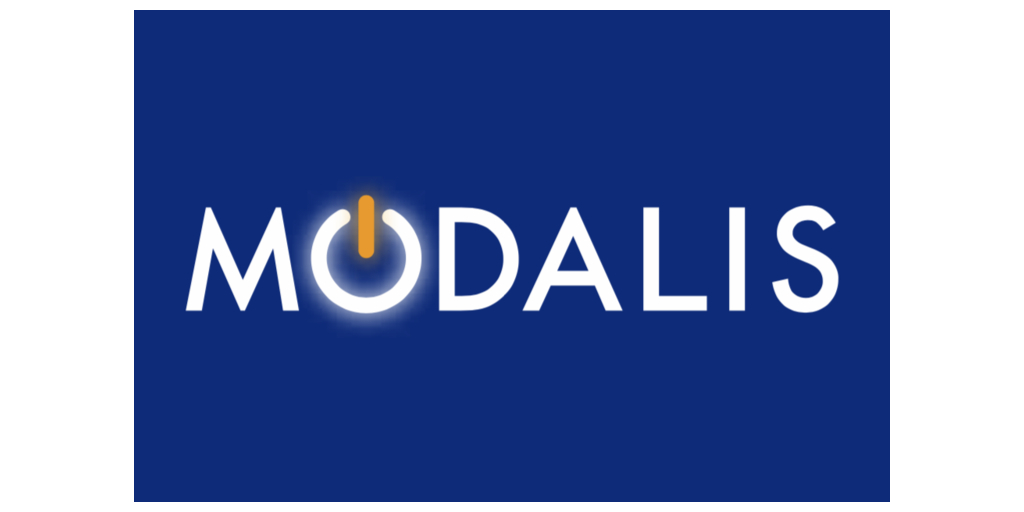

.jpg)
.jpg)


